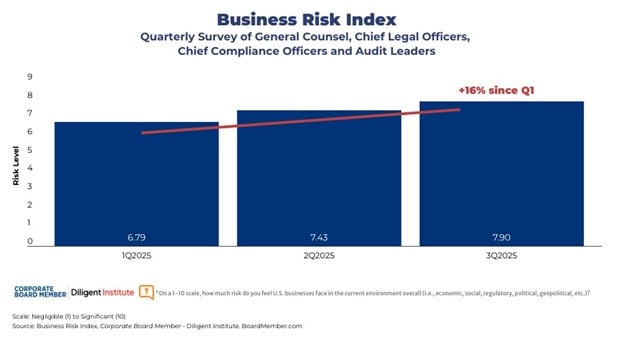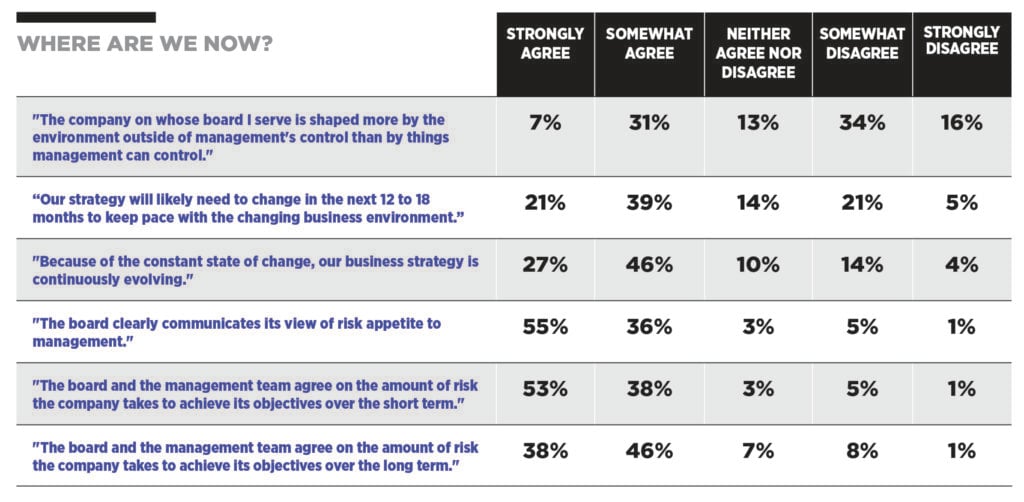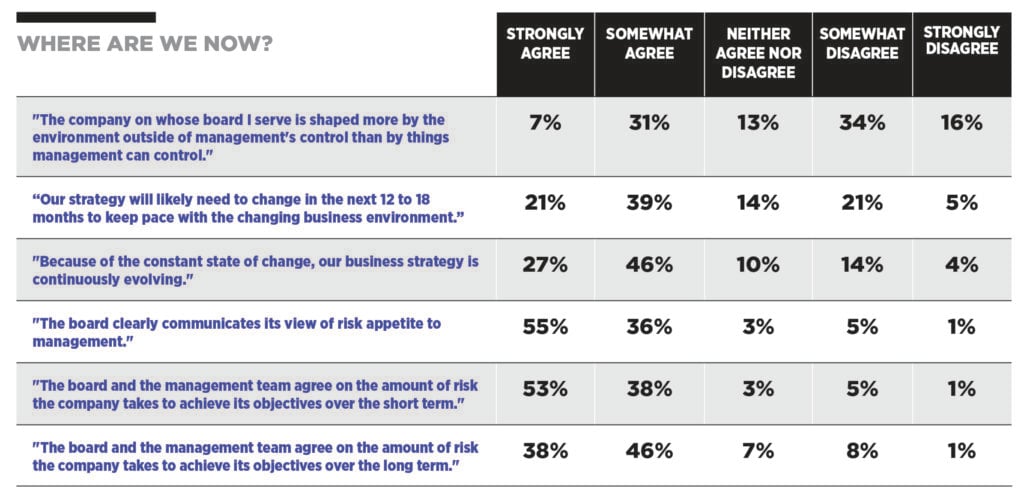Recent headlines around artificial intelligence (AI) talent hiring are staggering. Hundred-million-dollar packages are making news, “acquihire” deals (buying a company for key talent) are rewriting startup norms, and boards are scrambling to compete for talent that seems to defy traditional compensation logic.
Compensation is important, but it is only one part of the employee value proposition (EVP) required to attract and retain people. The pressure to compete for AI talent is heating up, and boards today face a familiar decision: escalate pay packages to meet talent pressure or build competitive advantage through the rest of the EVP. The most enduring companies know when to do both—when to invest in compensation and when to invest more heavily in the broader workplace experience that sustains culture and retains great talent over time.
The Dangers of “Runaway Pay”
The risks of leaning tooheavily on compensation alone are well established:
- Cultural erosion can occur when compensation becomes the central reason to work at a company. In high-growth environments, this dynamic can be especially damaging, shifting focus from mission and upside to pay as the defining feature of culture.
- Compensation supporting a high-growth strategy that depends on constant revenue acceleration can become unsustainable if performance doesn’t keep up. During the peak of the pandemic pay frenzy, 90th-percentile+ positioning wasn’t uncommon, but once markets normalized, those levels became nearly impossible to sustain without destabilizing pay structures.
- Overcommitting compensation resources can limit the strategic flexibility as new opportunities arise, which is critical for companies needing agility in today’s macroeconomic environment and for AI opportunities.
These risks are avoidable when organizations balance competitive pay with a broader EVP that sustains culture and engagement over time.
Putting it in Practice: A Reminder to Nurture the Full Employee Value Proposition During AI Transformation
The best way to avoid runaway pay dynamics around talent is to develop a broader EVP toolkit that attracts and retains talent while protecting internal culture. Organizations with strong overall EVPs have employees who stay engaged through market cycles, and their compensation costs scale sustainably with business growth. The reasons are usually some combination of the following:
- Growth opportunities: Clear advancement paths and skill development that attract ambitious talent.
- Mission and impact: Meaningful work providing intrinsic motivation, especially where employees have multiple high-paying options.
- Culture and belonging: Inclusive environments that foster psychological safety and long-term commitment.
- Strategic benefits: Flexible work, resources and perks that differentiate without premium base pay.
- Profile-specific differentiators: For AI talent, this might include access to autonomy, higher compute resources or the opportunity to leave a meaningful impact on the emerging technological paradigm. Startups, for example, might be appealing due to their lack of bureaucracy or closed-off teams.
This isn’t just theoretical. Amidst the eye-popping headlines around AI pay, we’ve seen high-profile cases where employees rejected massive pay packages in favor of working at companies with a stronger EVP. The companies winning the long-term talent game are those that can attract top performers without reflexively needing to be the highest bidder.
Strategic Talent Investment Protects and Reinforces a Positive Culture
All of this said, there are times when investing in top-dollar talent is warranted. This is especially true when building foundational capabilities in AI or other strategic areas or when a company needs to scale rapidly. But for most companies, unchecked compensation escalation can lead to fragile economics or a fragile culture. A blend of culture and economics drives long-term success. Some tactics we’ve seen in successful organizations include:
- Monitor aggregate compensation competitiveness. Few boards receive comprehensive compensation competitiveness reports beyond burn-rate analysis. Compensation committees should regularly review organizational compensation positioning relative to key talent competitors to identify when compensation growth outpaces strategic rationale.
- Keep premium compensation narrow and targeted. If you need to pay for premium talent in a specific area, be intentional about where premium compensation is being spent. Not every department, for example, needs as many highly-paid “superstar” engineers as the AI model builders.
- Building frameworks to help discern your premium talent enables strategic investment without destabilizing your compensation architecture. It helps to consider premium talent expenses as capital investments, tracking ROI.
- Remain disciplined around pay exceptions. When everyone thinks they should be getting a special exception, it can create an entitlement culture that is hard to reverse. For most companies, offering special exceptions to less than 5 percent of the workforce is appropriate.
- Build performance differentiation discipline. Don’t be afraid of low payouts for poor performance. Rewarding high performers while being disciplined about reducing pay for underperformance creates a performance culture that helps attract talent motivated by merit, not just money.
- Set clear expectations about upside. Equity and bonus potential should be positioned as opportunities to be earned, not entitlements. This messaging helps maintain motivation while avoiding the expectation of high payouts, even for low performance, which contributes to runaway compensation dynamics.
While the above strategies can help in general, companies should remember to identify and embrace their specific intangibles and a broader EVP to stand out in a quickly moving marketplace. What are the things only your company can offer, and how can they be made clear to both potential and current talent?
Conclusion
The last five years have proved that runaway pay doesn’t just stretch the economics; it can also erode culture, undermine mission and create divides within the workforce. Once employees see pay as the dominant piece of EVP, re-anchoring them around purpose and belonging often requires painful resets.
Talent wars, whether driven by a pandemic, venture money, or the latest scarce talent pool (i.e., AI), aren’t necessarily won by the companies that pay the most. They are won by those that build the most compelling and sustainable value propositions, informed by hard lessons from 2020-2022 and the HR basics around building affiliation and loyalty to a company.
The companies making purely reactive compensation decisions are setting themselves up for the same painful reckoning that many experienced when growth moderated and investor patience waned post-pandemic. Those building thoughtful, comprehensive talent strategies are creating lasting competitive advantage that transcends any single market cycle.







